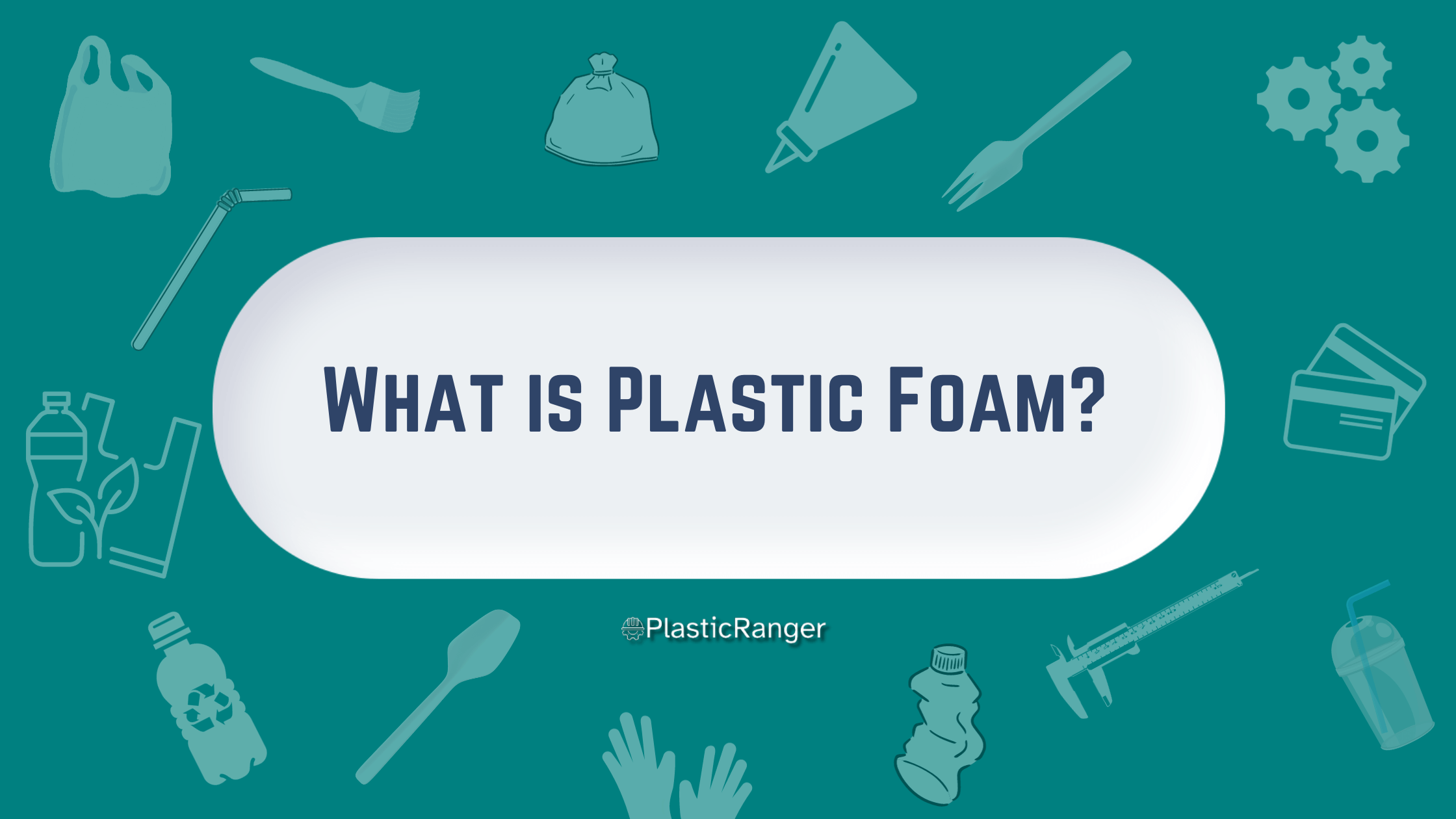A Comprehensive Guide to Plastic Foam
Plastic foam, a ubiquitous material with countless applications, has made its way into various facets of our lives, from packaging to insulation.
This guide provides an overview of plastic foam, its types, properties, applications, and the environmental considerations surrounding its use.
Introduction: What is Plastic Foam?
Plastic foam, often termed “foam”, is a material characterized by a structure of numerous tiny pockets of gas trapped in plastic. The presence of these gas-filled cells gives foam its characteristic light weight and compressibility.
Types of Plastic Foam
Several plastic foams are available in the market, including.
Polyurethane Foam: Commonly used for insulation, mattresses, and furniture cushions.
Polystyrene Foam: Known as Styrofoam, it’s employed in packaging, disposable tableware, and insulation.
Polyethylene Foam: Found in packaging, padding, and flotation devices.
PVC Foam: Used in cushioning, gaskets, and underlayment.
EVA Foam: Often seen in sports equipment, footwear, and toys.
Properties of Plastic Foam
Different foams have varied properties, but some general attributes include:
Lightweight: Due to the gas-filled cells, they are lighter than their solid counterparts.
Insulative: They offer good thermal and acoustic insulation.
Cushioning: They absorb shocks well, which is why they are used for packaging delicate items.
Flexible: They can be bent or compressed without easily breaking.
Durable: Some foams resist moisture, chemicals, and UV radiation.
Applications of Plastic Foam
The versatility of plastic foam allows for a wide range of applications:
Packaging: To protect fragile items during transportation. Insulation: In homes and buildings for thermal efficiency.
Furniture: Cushions and mattresses for comfort.
Construction: In soundproofing and underlayment.
Marine: Flotation devices and buoyancy aids. Sporting Goods: Mats, helmets, pads, and more.
Automotive: Seat cushions, insulation, and soundproofing.
Manufacturing Process
The manufacturing of plastic foam typically involves the following steps:
Polymer Selection: A suitable polymer is chosen depending on the desired foam type.
Blowing Agents: These are chemical or physical substances introduced to produce the gas cells. Common examples include water (for its steam) or hydrofluorocarbons.
Foaming Process: This might involve extrusion, where the polymer melt, combined with a blowing agent, is forced through a die, expanding as it exits. Another method is the free-rise or batch process, where the material extends in an open mold.
Cooling & Setting: The foam cools and sets, retaining its cellular structure.
Environmental Concerns and Solutions
The production and disposal of plastic foams, especially non-biodegradable ones like polystyrene, have raised environmental concerns.
Non-Biodegradable: Many foams, unless treated, can take hundreds of years to break down.
Waste Accumulation: Foam products, especially single-use items, contribute to landfill waste.
Marine Pollution: Foam particles can end up in oceans, threatening marine life.
Harmful Blowing Agents: Some older blowing agents deplete the ozone layer, though most have been phased out in favor of eco-friendly alternatives.
Solutions
Recycling: While recycling rates for foam are currently low, efforts are being made to increase them. Some facilities accept foam for recycling, turning them into new products or plastic pellets.
Biodegradable Alternatives: Researchers are exploring bio-based foams that break down faster than synthetic ones.
Reduced Usage: Opt for alternatives, like paper or plant-based materials, especially for single-use items.
Awareness: Consumers can drive demand for sustainable options by being more aware of their choices and supporting businesses prioritizing eco-friendly practices.
Conclusion
Plastic foam is versatile and helpful in various applications, from protective packaging to comfortable furniture. However, it’s crucial to balance its benefits with the environmental implications, emphasizing recycling and seeking sustainable alternatives. As consumers become more environmentally conscious, the industry must adapt, promoting sustainable production and disposal methods.
Quick Navigation

